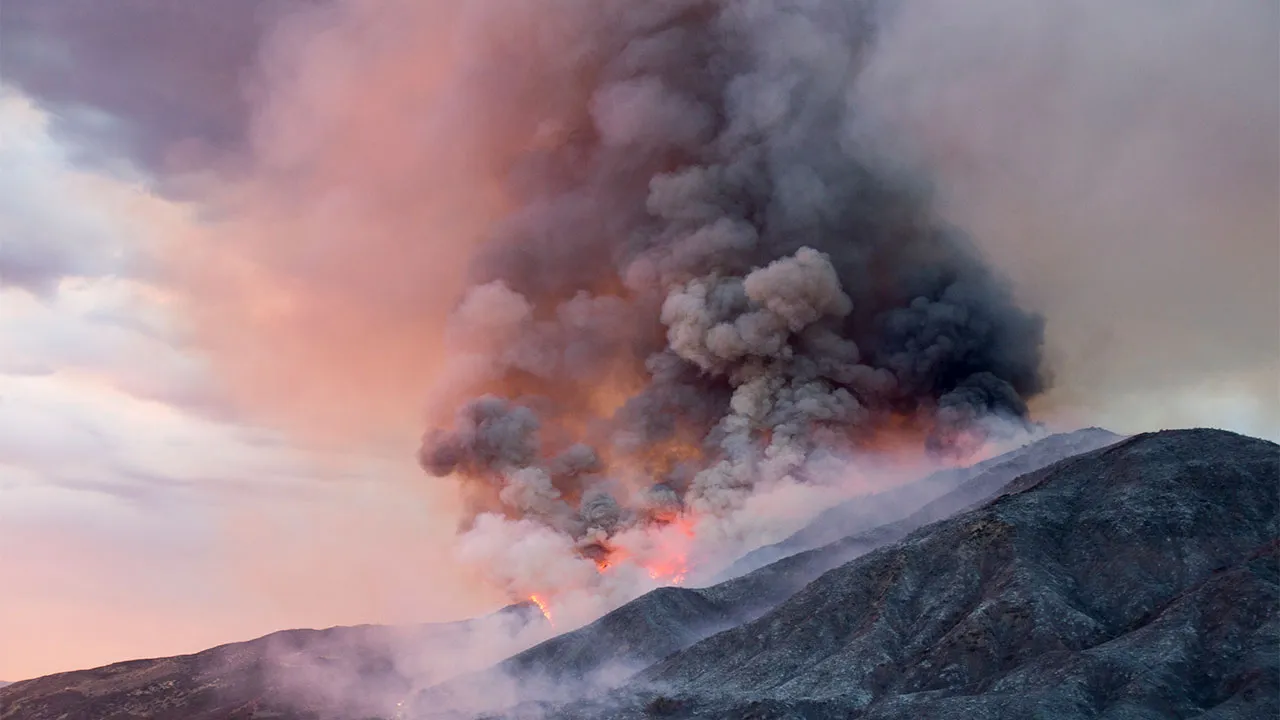Is Your Area at Risk? Discover the Latest Air Quality Map Impacting Millions!
In an era where environmental health has become a critical concern, air quality maps are emerging as powerful tools that could literally save lives. Recent data reveals a startling reality: millions of Americans are unknowingly exposed to dangerous levels of air pollution that can have profound implications for their health and well-being.
The Invisible Threat
According to the U.S. Environmental Protection Agency (EPA), approximately 140 million people lived in counties with pollution levels above the primary National Ambient Air Quality Standards in 2023. This shocking statistic underscores the urgent need for public awareness and proactive measures.
Understanding the Impact
Air pollution is not just an environmental issue—it’s a public health crisis. The World Health Organization (WHO) reports that:
- 99% of the global population breathes air that exceeds safe pollution guidelines
- Air pollution causes approximately 8.1 million premature deaths annually
- Children are particularly vulnerable, with nearly 2,000 young children dying daily due to air quality-related issues
“Air quality is no longer just an environmental concern, but a critical health emergency,” says Dr. Emily Roberts, a leading environmental health expert.
The Power of Air Quality Maps
Real-time air quality mapping has revolutionized how we understand and respond to environmental risks. Websites like AirNow.gov provide residents with instant access to local air quality data, empowering communities to make informed decisions about outdoor activities and personal health precautions.
Tracking the Invisible Danger
The latest air quality trends reveal both progress and ongoing challenges:
-
Positive Developments: Significant improvements since 1980
- Carbon monoxide emissions decreased by 88%
- Sulfur dioxide emissions reduced by 95%
-
Ongoing Challenges:
- Increasing ground-level ozone in urban areas
- Climate change exacerbating air quality issues
Economic and Health Consequences
The implications extend far beyond individual health. Research indicates that air pollution:
- Generates an estimated $8.1 trillion in annual global health costs
- Reduces global GDP by approximately 6.1%
- Contributes to cardiovascular diseases, strokes, and cognitive decline
What Can You Do?
Experts recommend several strategies for protecting yourself:
- Check local air quality maps regularly
- Limit outdoor activities during high pollution days
- Use air purifiers in your home
- Support clean air initiatives
The Role of Technology and Policy
Technological advancements and policy interventions are crucial in addressing air quality challenges. The Clean Air Act has been instrumental in reducing emissions, but continued investment and stricter regulations are necessary.
Looking Forward
While the current situation may seem daunting, there is hope. Increased public awareness, technological innovations, and committed governmental action can help mitigate air quality risks.
Key Takeaways
- Air quality affects everyone
- Real-time mapping provides critical information
- Individual and collective actions can make a difference
Disclaimer: Always consult local health authorities and air quality experts for the most up-to-date information specific to your area.
Stay informed, stay safe, and breathe easier.






Leave a Comment